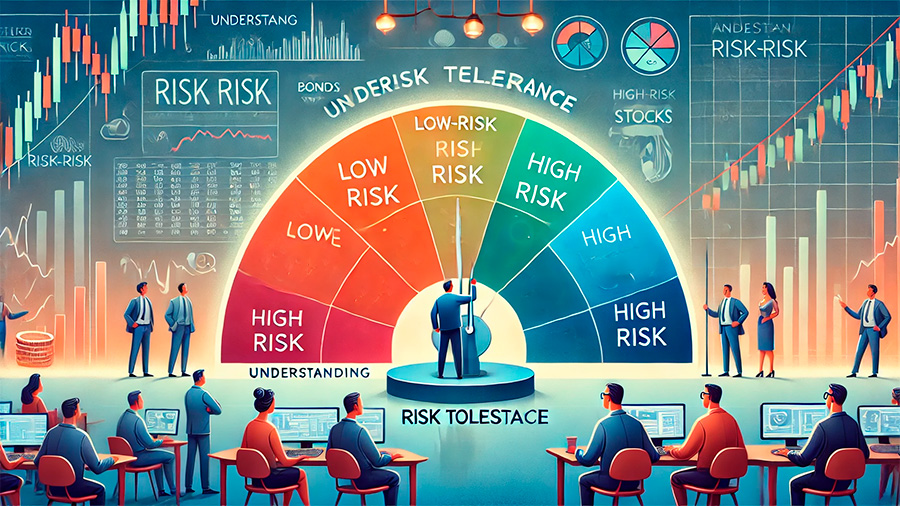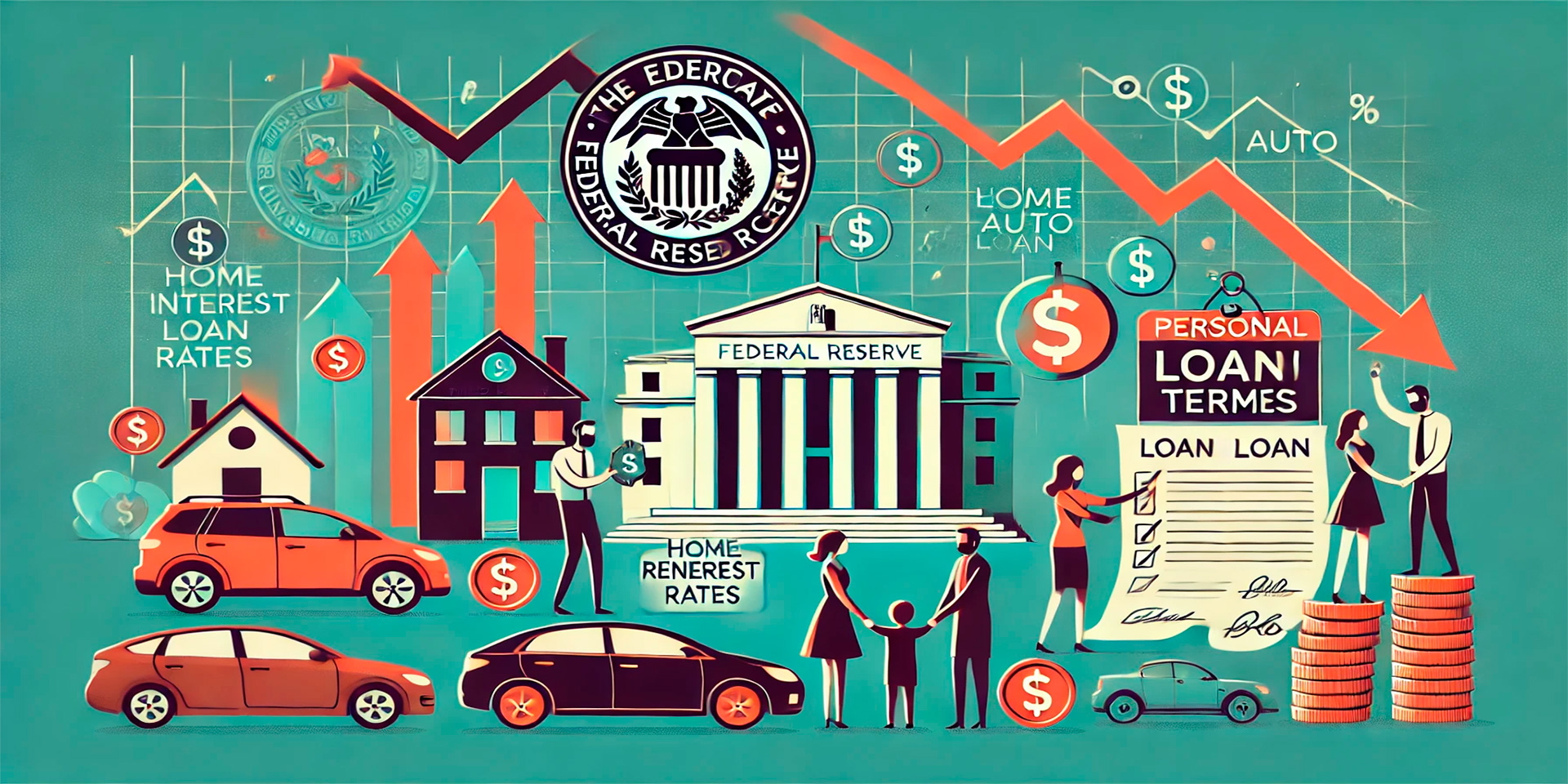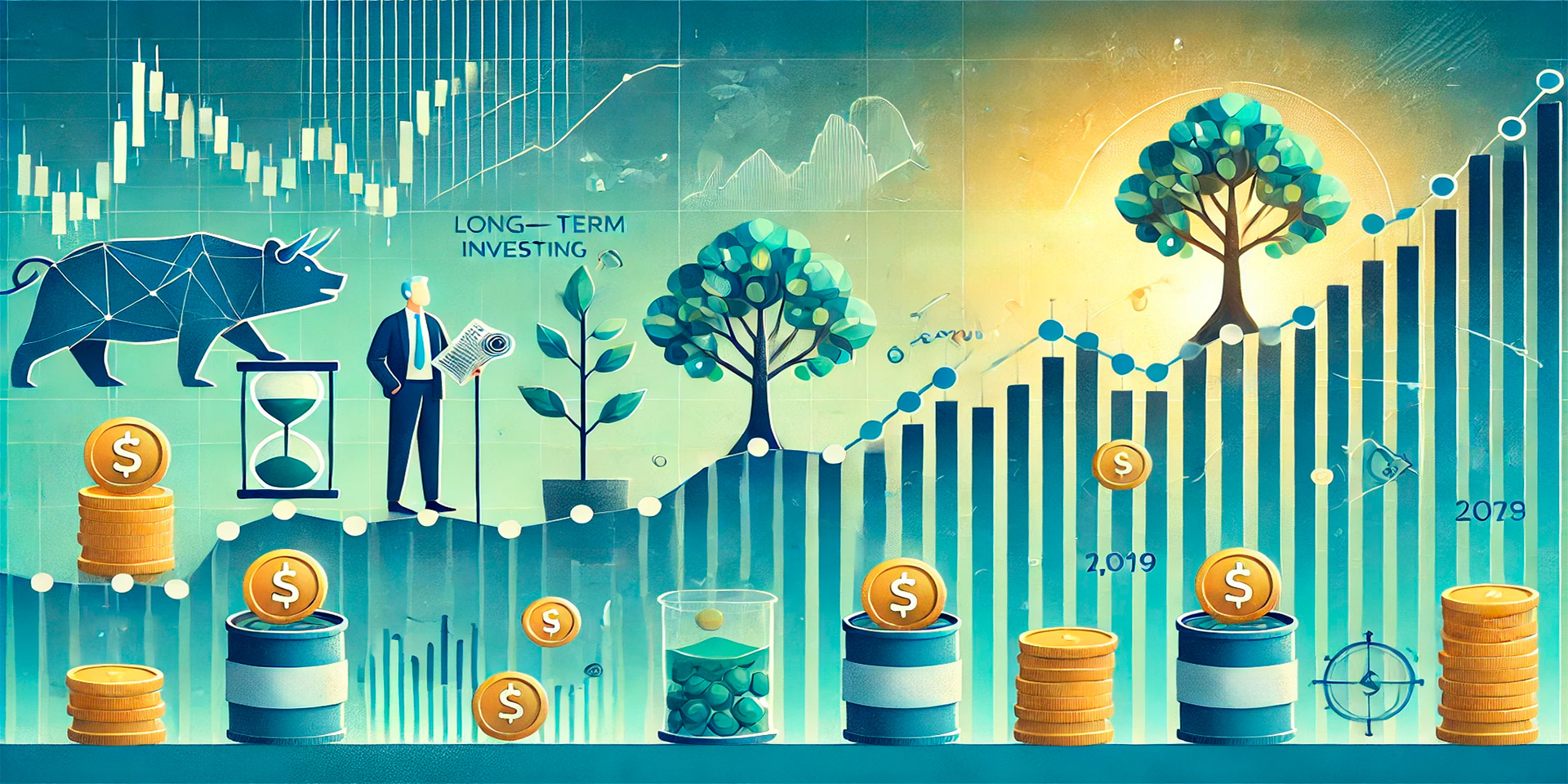Market volatility is an inevitable part of investing. When stock prices swing wildly up and down, it can be unnerving for even the most seasoned investors. However, volatility doesn’t have to spell disaster for your portfolio. While unpredictable markets can lead to losses, they also present opportunities for growth—if you know how to manage the risks effectively.
Volatility refers to the degree of variation in a market’s price movements over time. In volatile markets, asset prices can rise or fall dramatically in a short period, often in response to economic news, geopolitical events, or changes in investor sentiment. For investors, understanding how to navigate these fluctuations is key to preserving wealth and seizing opportunities when they arise.
This article explores strategies for managing investment risks in a volatile market, helping you stay on track toward your financial goals, even during turbulent times.
Why Market Volatility Occurs
Before diving into risk management strategies, it’s important to understand what causes market volatility. There are several factors that can contribute to sharp price swings in the stock market.
Economic Data and Events
Economic indicators like employment reports, inflation rates, and gross domestic product (GDP) growth are closely watched by investors. Positive or negative surprises in these reports can cause rapid changes in market sentiment, leading to volatility.
- Inflation concerns: If inflation rises faster than expected, investors may fear that the Federal Reserve will raise interest rates to cool down the economy, leading to a market selloff.
- Recession fears: Signs of slowing economic growth or a looming recession can trigger widespread selling as investors move to safer assets.
Geopolitical Uncertainty
Events such as elections, international conflicts, or trade disputes can also contribute to volatility. Uncertainty around political outcomes or international relations can lead to shifts in investor confidence and cause market turbulence.
- Trade tensions: Tariffs or trade disputes between countries can disrupt global supply chains, impacting corporate earnings and causing market swings.
- Global conflicts: Wars or geopolitical tensions can destabilize markets, especially if they threaten energy supplies or major economic sectors.
Investor Sentiment
Markets are often influenced by collective investor behavior. Emotional reactions, such as fear or greed, can lead to panic selling or irrational buying, further increasing volatility.
- Market bubbles: When asset prices rise quickly due to speculative buying, they can become overvalued, increasing the risk of a sudden correction or crash.
- Panic selling: In response to market downturns, some investors may sell off their holdings in a panic, exacerbating the decline and contributing to further volatility.
By understanding the root causes of market volatility, you can better prepare your portfolio to withstand these fluctuations.

Strategies for Managing Investment Risks in Volatile Markets
While you can’t control market volatility, you can take steps to protect your portfolio and minimize risks during uncertain times. These strategies will help you weather market turbulence and stay focused on your long-term financial goals.
1. Diversify Your Portfolio
Diversification is one of the most effective ways to manage risk in a volatile market. By spreading your investments across different asset classes, sectors, and geographic regions, you reduce the impact of a single investment’s poor performance on your overall portfolio.
- Asset diversification: A well-diversified portfolio typically includes a mix of stocks, bonds, real estate, and possibly commodities like gold. Each asset class responds differently to market conditions, which can help balance out volatility.
- Sector diversification: Invest across various industries, such as technology, healthcare, finance, and consumer goods. Different sectors perform well at different times, and diversification helps cushion against declines in specific industries.
- Geographic diversification: By investing in international markets, you reduce exposure to economic risks specific to one country or region.
Diversification lowers the overall risk of your portfolio and can provide more stable returns, even when certain sectors or markets are volatile.
2. Focus on Quality Investments
In volatile markets, it’s especially important to invest in companies with strong fundamentals. High-quality companies with solid earnings, manageable debt, and strong competitive positions are more likely to weather market downturns and recover quickly.
- Strong balance sheets: Companies with low debt and high cash reserves are better positioned to handle economic downturns without needing to cut dividends or issue more debt.
- Steady earnings growth: Focus on businesses that consistently grow earnings, even during challenging economic times. These companies tend to be more resilient and offer better long-term prospects.
- Market leadership: Companies with dominant positions in their industries are often better equipped to survive volatility, as they have the pricing power and resources to adapt to changing market conditions.
By prioritizing high-quality stocks, you increase your chances of holding investments that can withstand short-term volatility and thrive in the long run.
3. Use Dollar-Cost Averaging
Dollar-cost averaging (DCA) is a simple yet powerful strategy that helps reduce the impact of market volatility. Instead of investing a lump sum all at once, you invest a fixed amount of money at regular intervals, regardless of market conditions.
- Lower average cost: When you invest consistently, you buy more shares when prices are low and fewer shares when prices are high. Over time, this can lower the average cost of your investments.
- Reduces timing risk: DCA helps you avoid the risk of investing a large amount of money right before a market downturn, smoothing out your returns over time.
By sticking to a DCA plan, you can remain disciplined in volatile markets, consistently building your portfolio without worrying about short-term price swings.
4. Rebalance Your Portfolio Regularly
Over time, market volatility can cause your portfolio’s asset allocation to shift. For example, if stocks perform well while bonds underperform, you may find that your portfolio becomes overweight in equities. Rebalancing helps bring your portfolio back to its target allocation, reducing risk.
- How to rebalance: Sell assets that have grown above your target allocation and use the proceeds to buy more of the underweighted asset classes. This ensures that your portfolio remains aligned with your investment goals and risk tolerance.
- Rebalance frequency: Most experts recommend rebalancing once or twice a year or when your portfolio’s asset allocation drifts by more than 5% from your target.
Regularly rebalancing your portfolio helps ensure that you’re not taking on too much risk during periods of market volatility.
5. Stay Focused on the Long Term
One of the most important principles of managing risk in a volatile market is to maintain a long-term perspective. Market fluctuations are a normal part of investing, and reacting emotionally to short-term volatility can lead to poor decisions, such as panic selling.
- Avoid market timing: Trying to time the market—buying low and selling high—is extremely difficult and often leads to missed opportunities. Instead, focus on staying invested and benefiting from the market’s long-term growth.
- Stay calm during downturns: During volatile periods, it’s easy to become anxious about market losses. However, history shows that markets recover over time. By staying patient, you avoid locking in losses and can participate in the eventual recovery.
Staying invested for the long term helps you ride out short-term market volatility and capture the long-term gains that come from compounding returns.
6. Consider Defensive Investments
Defensive investments, such as bonds, dividend-paying stocks, and consumer staples, tend to perform well during periods of market volatility. These assets can help stabilize your portfolio when equity markets are down.
- Bonds: Government and high-quality corporate bonds offer stability and consistent income, making them a good counterbalance to more volatile stocks.
- Dividend stocks: Companies with a history of paying and growing dividends provide steady income and are often more resilient during market downturns.
- Consumer staples: Stocks in sectors like healthcare, utilities, and food and beverage tend to hold up better during recessions, as they provide essential goods and services that people continue to buy regardless of economic conditions.
Allocating a portion of your portfolio to defensive investments can reduce the impact of market volatility and provide a more stable income stream.

Understanding Risk Tolerance and Adjusting Your Strategy
Each investor has a unique risk tolerance, which depends on factors like age, financial goals, and investment timeline. Understanding your risk tolerance is critical to developing a strategy that allows you to manage market volatility effectively without causing unnecessary stress.
Assess Your Risk Tolerance
Your risk tolerance refers to how much market volatility you can comfortably endure without feeling the urge to sell your investments. Some investors are more risk-averse, preferring stable, lower-return investments, while others are willing to tolerate greater risk for the potential of higher returns.
- Time horizon: The longer your investment horizon, the more risk you can afford to take. Younger investors with decades to invest can typically weather short-term volatility more easily than those nearing retirement.
- Financial goals: Your specific goals will also impact your risk tolerance. For example, if you’re saving for retirement 30 years from now, you may be more comfortable with a higher level of risk than if you’re saving for a short-term goal like buying a house.
By understanding your risk tolerance, you can adjust your portfolio to ensure it aligns with your comfort level and long-term goals.
Adjust Your Portfolio Accordingly
Once you’ve assessed your risk tolerance, you can adjust your asset allocation to match. For more conservative investors, this may mean reducing exposure to stocks and increasing allocations to bonds or other less volatile assets. For those with a higher risk tolerance, maintaining a higher percentage of stocks may still be appropriate.
- Risk-adjusted returns: The goal is to achieve the best possible returns for the level of risk you’re willing to take. Diversification, quality investments, and regular rebalancing all help manage risk without sacrificing returns.
- Adjust over time: As you get closer to your financial goals, consider gradually shifting to more conservative investments to protect your gains and reduce the impact of market volatility.
Adjusting your portfolio based on your risk tolerance ensures that you’re not taking on more risk than necessary while still positioning yourself for long-term success.
Final Thoughts: Managing Investment Risks in Volatile Markets
Volatile markets are a natural part of investing, but by using the right strategies, you can protect your portfolio and even capitalize on opportunities during uncertain times. Diversification, focusing on quality investments, and staying disciplined with a long-term mindset are key to navigating market turbulence.
By understanding your risk tolerance and regularly rebalancing your portfolio, you can reduce the impact of short-term volatility and stay on track to meet your financial goals. Whether markets are calm or turbulent, a well-constructed investment plan will help you manage risk effectively and achieve long-term success.





